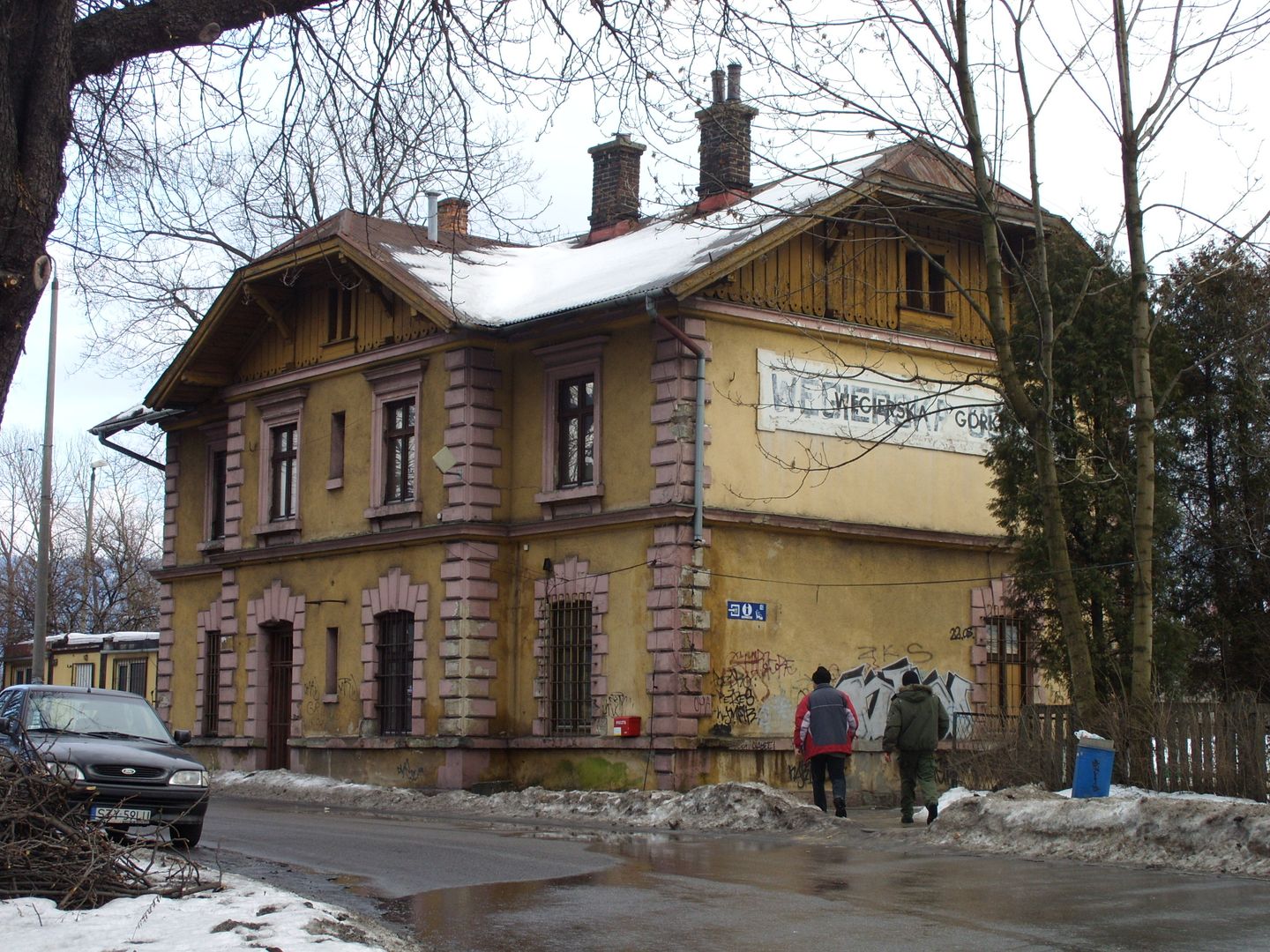Hungarian Górka
6.84

Overview
Węgierska Górka is a charming rural commune in the Silesian Voivodeship, nestled in the Soła River valley between the Silesian and Żywiec Beskids. Its history dates back to 1477, when border disputes between Poland and Hungary gave rise to the legend behind the village's name. In 1706, a manor farm was established here, which became the foundation for future development. The most significant industrial element was the ironworks established in 1838, which expanded significantly over the years, producing stoves, castings, and fittings, with its growth centered on the extraction of siderite ore. During the interwar period, the village became a popular winter resort and a point of resistance in 1939, earning it the fame of the "Southern Westerplatte." Touristically, Węgierska Górka attracts visitors with its mountain trails and boulevards along the Soła River, offering numerous opportunities for relaxation in nature. Architecturally, notable sites include the Church of the Transfiguration and the sports hall opened in 2010. The village also features historical sites, such as World War II-era combat bunkers. Today, Węgierska Górka combines its industry, represented by the company METALPOL, with rich cultural and natural heritage, making it an interesting place to both live and visit. Additionally, the commune actively develops tourist infrastructure, offering accommodations in guesthouses and agritourism farms. The village is the seat of the Forest District, underscoring its ties to nature conservation. A notable attraction is the Bandits' Alley, created as a result of a sculptural plein-air event, along with active community involvement in organizing festivals and various cultural events. Węgierska Górka not only preserves its historical traditions but also thrives as a local tourist and cultural hub, offering residents and visitors a wide range of activities and attractions.
Location
2025 Wizytor | All Rights Reserved